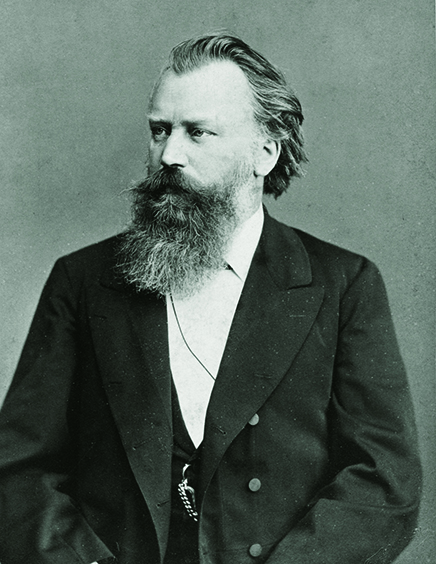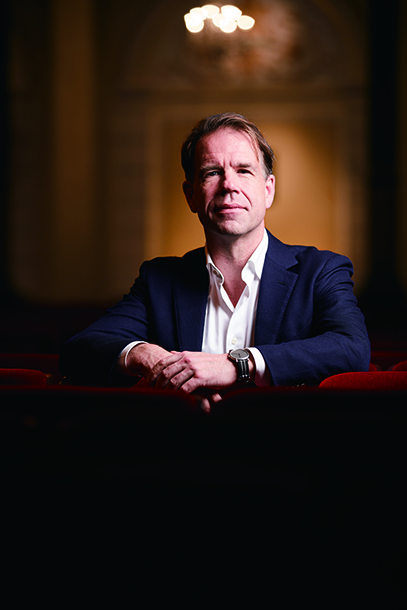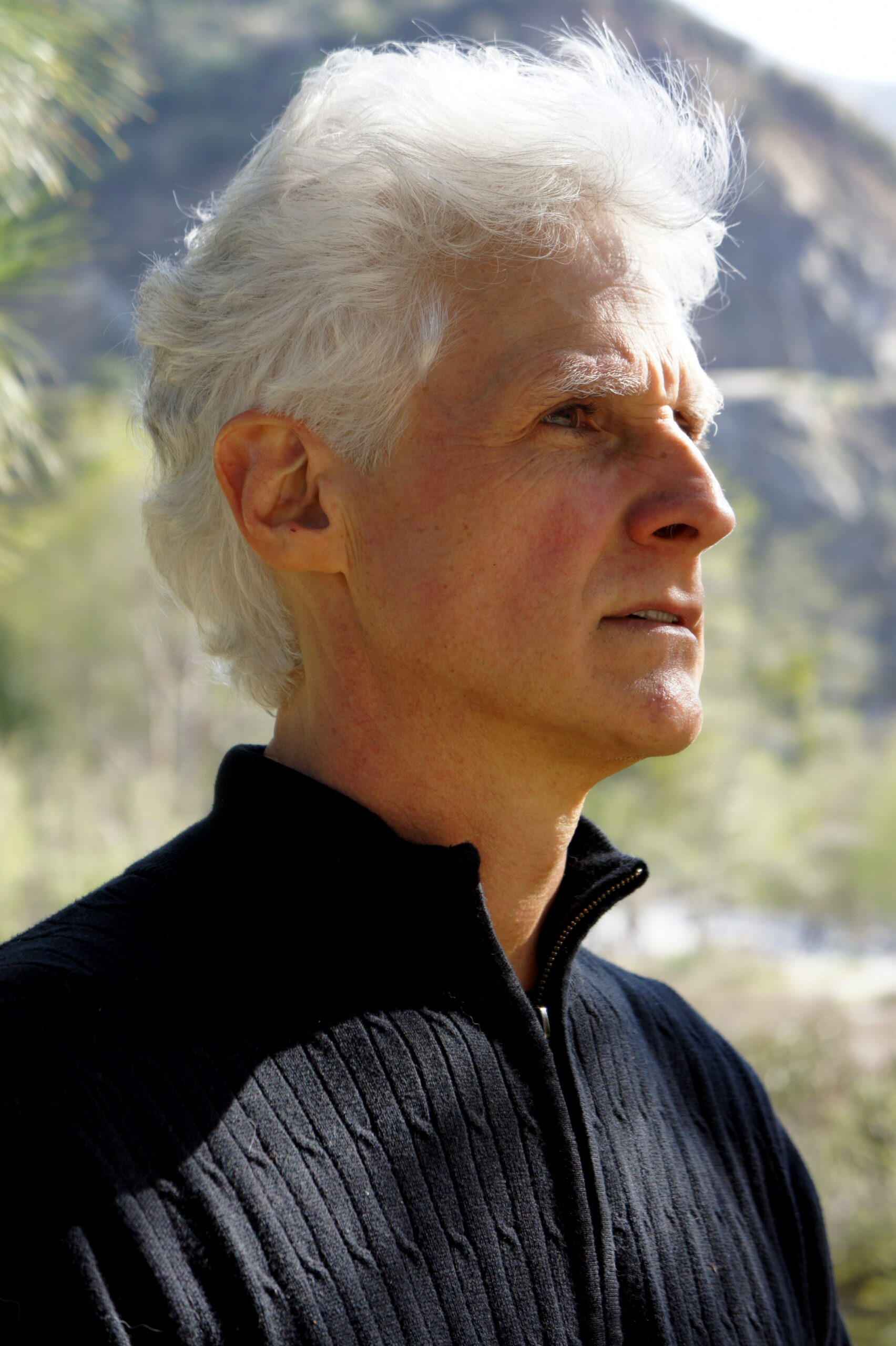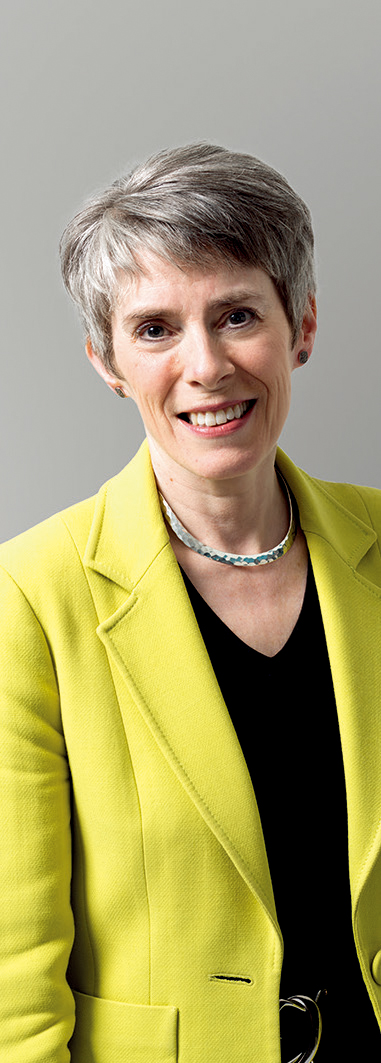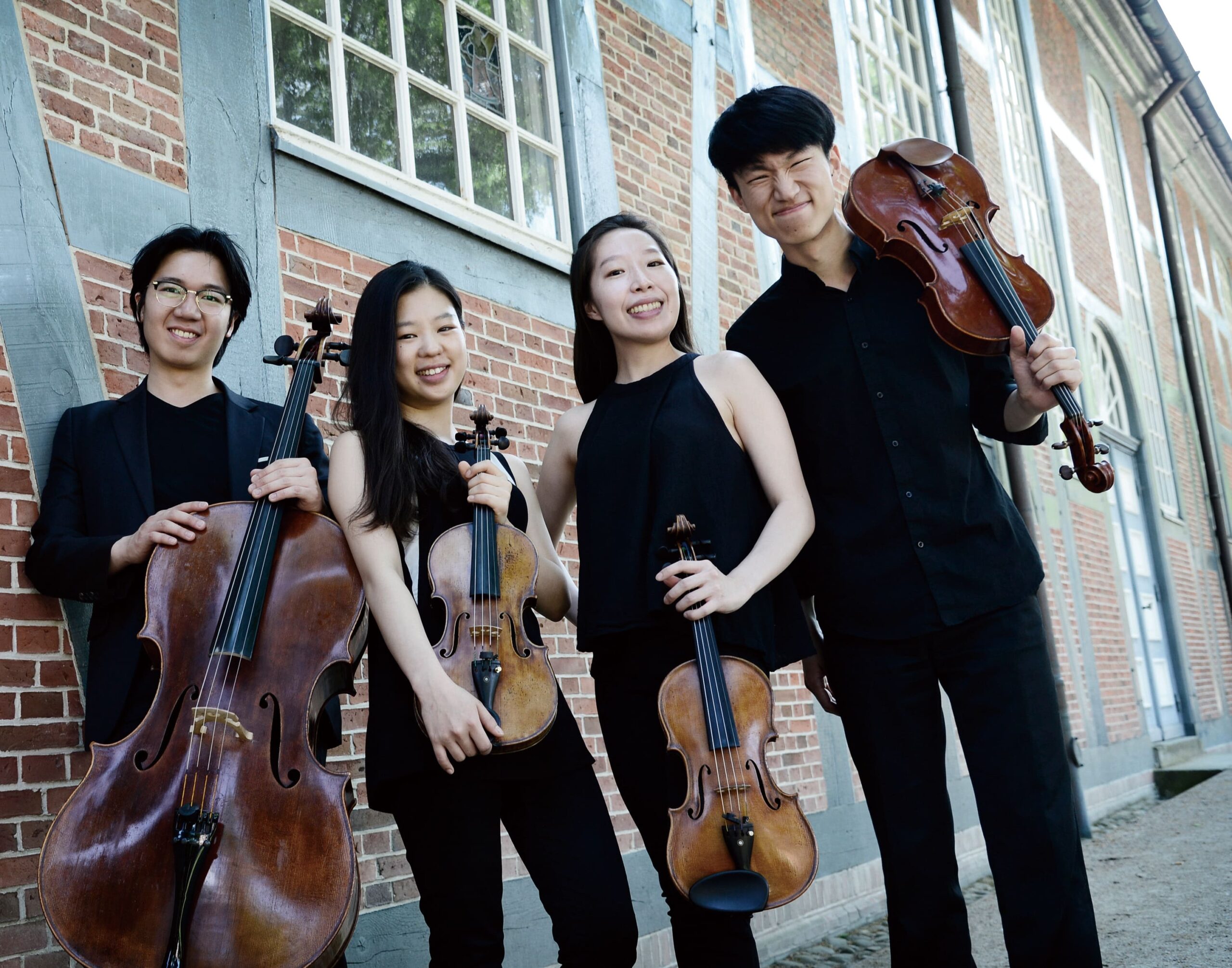바이올린은 왜 그리 비싼가
다른 악기들은 언론에서 그렇게까지 논란을 일으키지 못한다. 교황 앞에서 피아노를 부술 수도 있고, 혼잡한 시간대에 옥스퍼드 광장에서 전라로 첼로를 연주하거나, 혹은 경찰을 은제 플루트로 괴롭힐 수도 있지만, 이 모든 일을 뉴스화시키는 것은 ‘행동’이지 악기 그 자체가 아니다. 반면, 바이올린을 택시에 두고 내리거나, 지하철에서 연주하거나, 무대 위에 떨어뜨리거나, 도둑맞는다면 폭스 사의 뉴스부터 ‘스포츠 일러스트레이션’까지 모든 언론 매체가 놀라움과 공포로 그 바이올린에 대해 대서특필할 것이다.
바이올린에 이토록 주목하는 이유는 무엇인가? 명백히 가격 때문이다. 필립 퀸트가 1723년산 스트라디바리우스를 뉴왁 공항 택시에 두고 내렸을 때 BBC 앵커는 “그것은” (숨 쉬고) “4” (숨 쉬고) “백만” (숨 쉬고) “달러”의 가치가 있다고 전했다(이 악기를 돌려준 택시기사는 100달러의 보상금과 몇 장의 콘서트 티켓을 받았다).
조슈아 벨에게 32.17달러의 팁과 생애 최고의 명성을 가져다 준 워싱턴 지하철에서의 길거리 연주는 ‘350만 달러의 바이올린’을 통해서였다. 김민진의 ‘184만 달러짜리 스트라디바리우스’는 프레타 망제 유스턴 역에서(무려 주인의 발 옆에서) 도난당한 지 3년 만인 지난달에 영국 수송경찰에 의해 회수되었다. 데이비드 가렛이 바비컨 센터에서 발에 걸려 넘어졌을 때, 인터뷰 진행자들은 그의 척추 손상의 가능성보다 ‘귀한’ 바이올린의 균열을 더욱 염려했다. 이 모든 사건들은 저녁 뉴스에 소개됐다.
이해를 위해 역설적인 예를 들어보자면, 클래식 음악이 대중매체에 덜 소개될수록 미디어는 바이올린의 가격에 더 큰 관심을 가지게 된다. 아무도 랑랑에게 그의 스타인웨이가 얼마인지 묻지 않지만(추정하건대 20만 달러 정도일 것이다) 이름없는 바이올리니스트를 카메라 앞에 세우면 기자들은 악기 가격이 얼마인지 알고 싶어 할 것이다.
그 가격은 일반적으로 예측할 수 있는 조건들, 즉 소재와 제조의 어려움과는 거의 무관하게 책정된다. 바이올린을 만드는 것은 몇 세기에 걸쳐 가까운 숲의 목재와 느림보 고양이과 동물들의 내장(보통 양이나 말 같은 가축의 내장을 꼬아 만든 거트현을 뜻하는 캐틀거트(cattlegut)에서 유래한 캣거트(catgut)를 풍자하고 있다. 편집자주)을 가지고 농부들에 의해 만들어진 간단한 공예품 중 하나였다. 이에 비하면, 좋은 건반악기를 만드는 일은 훨씬 어렵다. 지금처럼 의학이 발전하지도, 안전하지 못했던 시대. 수많은 장인들이 목숨을 잃어가며 고열에서 깎아낸 금속 실크 가닥이 바로 하프시코드 현이다. 그 공명의 질은 바이올린도 그러하듯 사운드보드에 달려 있다. 모던 더블매뉴얼 하프시코드는 3만 달러면 살 수 있다. 반면 비슷한 수준의 바이올린은 열 배는 더 비쌀 것이다.
우리의 삶에서 바이올린은 실용의 현실과는 단절되었다. 1960년경, 연간 1천 파운드를 벌었던 런던의 앙상블 연주자는 꽤 괜찮은 19세기 악기를 사는 데 그 두 배의 돈을 지불했을 것으로 추정된다. 이는 오늘날 일반 오케스트라 단원 연 수입의 열 배 혹은 열두 배에 달한다. 어지간한 부자가 아니고서는 비현실적인 얘기다.
개인 수집가와 투기업자들은 결정적이지도 않은 그저 간헐적인 열정으로 현상을 왜곡시키는 데 일조를 했다. 한번은 어느 집사의 안내로 이턴스퀘어의 저택을 방문했다. 피카소ㆍ무어ㆍ프로이트ㆍ키타이 등 미술 소장품에 놀라 숨이 턱 막히려는 찰나, 예술 애호가인 집주인은 “이것은 아무것도 아닙니다”라고 말했다. 그는 나를 2층으로 데려가더니 침대 밑에서 1741년산 비외탕 스트라디바리우스를 꺼내 보였다. 그 바이올린은 최근 2억 달러 제시 가격에 주인이 바뀌었다. 확인해보시길.
스트라디바리우스 왕조의 근원지인 이탈리아의 크레모나는 이번 가을 새로운 바이올린 박물관을 개관할 예정이다. 지난여름, 옥스퍼드의 애시몰린 박물관은 영국에서 가장 대규모라 할 21대의 스트라디바리우스를 조용히 전시했다. 악기들을 보기 위해 세계 각지에서 관람객이 모여들었다. 한 커플은 캘리포니아에서 이틀을 날아왔다. 자비로운 구세주로 인해 오랫동안 헤어져 살았던 형제를 다시 만난 듯, 자신들의 첼로가 다른 악기들과 함께 전시되는 것을 보기 위해서.
오래된 바이올린의 가격 폭등의 설득적인 요인을 인간적인 속성으로 돌리는 것은 무역거래의 오랜 관행이다. 거래의 중심에는 의인화적 신화가 존재한다. 해당 악기를 소유했던 훌륭한 예술가들, 즉 비외탕ㆍ크라이슬러ㆍ메뉴인 등의 영혼이 악기에 담겨 있다는 믿음. 교역에 영향을 미치는 것은 ‘영혼의 환생’이다.
이러한 관점에서, 바이올린 거래는 법적인 분쟁거리를 낳고는 하기에 나는 단어 선택에 신중을 기할 필요가 있다. ‘히틀러의 사회혁명’(1966) ‘미국과 이스라엘’(1993) 연구의 저자이자 저명한 미국 역사학자 데이비드 쇤바움(David Shoenbaum)은 일찍이 바이올린의 역사에 관한 훌륭한 저서를 출판했다. 원본 인쇄자인 WW 노턴과 많은 사람들은, 이 출판물의 영국 발간은 불가능할 것이라고 강하게 권고했다. 음악적ㆍ금전적인 측면에서 바이올린에 관한 근거 없는 믿음을 다룬 쇤바움의 철저한 연구 결과에 분노한 악기 딜러들이 명예훼손 소송을 걸지도 모른다는 위험 때문이었다.
쇤바움 교수는 “바이올린은 상태가 쉽게 변하기로 악명 높고, 상표를 잘못 붙여 혼돈하기도 쉽다. 합법적으로 혹은 그렇지 않은 방식으로도, 바이올린은 묘하게 복제될 수 있다”라고 밝힌다. 골동품 바이올린의 무역은 다채로운 인물들을 끌어모으고 있다. 미국 내에서 수십 년간 독보적인 자리를 지키고 있는 딜러는 시카고의 푸시 앤드 베인이다. 이들은 개종한 사이언톨로지스트이며(현재는 둘 다 세상을 떠났다), 그들의 현대적ㆍ인공적 믿음에 대한 헌신은 오로지 오래된 바이올린에 대한 인증의 확실성과 일치했다. 오스트리아 내 최고의 인지도는 지난해 발을 땅에 딛지도 않고 자신의 성(城)에서 감옥까지 간 디트마르 마홀트가 가지고 있다. 열두 대의 바이올린이 아직도 행방불명이다.
런던에는 전문적인 평가가 신뢰를 안겨주는 평판 좋은 딜러들이 특히 많다. 그러나 최근 들어 언론에 의해 한번 떠버리더니 곧 오염되었다. 쇤바움 교수는 바이올린이 피들(Fiddle, 조작하다ㆍ만지작거리다)이라고 알려져 있는 데는 이유가 있다고 농담조로 말한다.
누구의 잘못인가? 경매장에 스트라디바리우스가 나올 때마다 모여드는 의심스러운 딜러들ㆍ냉정한 금융가들ㆍ줄무늬 죄수복의 범죄자들을 희화화하는 것은 쉬운 일이다. 그러나 좋은 바이올린에 책정된 도달할 수 없는 가격은 단순히 사고 파는 사람들에 의해 만들어진 것이 아님은 분명하다. 이는 보편적인 인간의 갈망, 즉 살아있는 존재들을 사랑에 빠지게도, 노래하게도, 고통에 빠지게도 할 수 있는 소리를 만들어내는 나무 상자와 힘줄을 소유하고자 하는 우리의 간절한 염원에서 기인한다. 천국의 문턱에서 들린다는 하프 소리를 기대케 하는 ‘현’은 정작 하프가 아니다. 그리고 그 현은 싼 값에 오지도 않는다.
번역 이윤희(인디애나 음대 박사)
Why do violins cost so much?
No other instrument makes so much noise on the airwaves. You can smash up a piano in front of the Pope, play the cello stark-naked in the Oxford Circus rush hour or assault a policeman with a silver flute and all that would makes the news is the act, not the instrument. But leave your violin in a taxi or play it in the subway, drop it on stage or get it stolen, and every media outlet from Fox News to Sport Illustrated will headline the fiddle with mounting degrees of manufactured amazement and horror.
What is it about the violin that commands such unparalleled attention? The price, apparently. When Philippe Quint left his 1723 Stradivarius in a Newark Airport cab, the BBC told the world that it was worth, wait for it, four, breath, million, breath, dollars (the cabbie who returned it got a $100 reward and some concert tickets). Joshua Bell’s busking stunt in the Washington metro, from which he made $32.17 in tips and the greatest fame of his life, was on a ‘$3.5 million violin’. Last month, Min-Jin Kym’s ‘$1.84 million Stradivarius’ was recovered by British Transport Police, three years after it was stolen, from beside her feet, in a Euston Station Pret a Manger. And when David Garett tripped and fell at the Barbican, interviewers were less concerned for possible damage to his spine than for cracks in his ‘priceless’ violin. Each and every one of these incidents made the national nightly news.
There is a paradox here that screams out for elucidation. The less classical music features in mass media, the greater the media interest in the price of violins. No-one ever asks Lang Lang how much his Steinway cost (around two hundred grand, at a guess), but put a no-name violinist in front of a camera and journalists will want to know what he or she paid for the instrument.
The price, as it happens, has little to do with normal economic considerations, namely cost of materials and complexity of manufacture. Making a violin is one of the simpler crafts, practised by peasants for centuries with wood from nearby forests and gut from slow felines. It is, by comparison, much harder to make a good keyboard instrument. The strings of a harpsichord are silken strands of metal, whittled down to wisps at an intense heat that claimed the lives of many artisans in less health-and-safety times. Its resonance quality depends on the soundboard, just as it does on the violin. Yet you can buy a modern double-manual harpsichord for thirty grand; a violin of equivalent calibre will cost ten times as much.
Over the course of my life, violins have lost contact with functional reality. Around 1960, a London ensemble player earning £1,000 a year could expect to pay twice that sum for a fine 19th century instrument. Today, the ratio is ten or twelve times average orchestral earnings, beyond reach for all but the most fortunate.
Private collectors and speculators have helped distort the picture, but not decisively and often with passion. I was once admitted by a butler to an Eaton Square mansion. Dismissing my gasps of wonderment at his wealth of Picassos, Moores, Freuds and Kitajs, the art-afficionado host said, ‘this is nothing’. Leading me upstairs, he withdrew from beneath his bed the 1741 ‘Vieuxtemps Stradivarius’. That violin changed hands recently for an asking price of $20 million. Go figure.
The Italian town of Cremona, source of the Stradivarius dynasty, will open a new museum of the violin this autumn. Through the summer, the Ashmolean Museum in Oxford staged a silent exhibition of 21 Stradivarius instruments, the largest ever seen in Britain. Visitors flocked to see them from all over the world. One couple flew in from California for two days for the purpose of seeing the cello they owned shown alongside others, as if these were long-lost siblings reunited by a merciful providence.
It has long been trade practice to ascribe human qualities to old violins, a persuasive factor in price inflation. At the heart of the trade lies an anthropomorphic myth to the effect that a violin harbours the soul of great artists who once owned it, a Vieuxtemps, a Kreisler, a Menuhin. What is effected in the exchange is not so much a sale as a transmigration of souls.
From this point on, I need to choose my words with care since the trade in violins is legally contentious. An eminent American historian, David Schoenbaum, author of such studies as Hitler’s Social Revolution (1966) and The United States and Israel (1993), published earlier this an excellent social history of the violin. The original imprint, WW Norton, and various others were strongly advised that the professor’s exhaustive examination of musical and monetary myths attached to the violin cannot be issued in the UK for fear of defamation action from offended instrument dealers.
Violins, says Professor Schoenbaum, ‘are notoriously easy to alter, mislabel and confuse. Legitimately and otherwise, they can be copied with uncanny precision’. The trade in antique violins attracts colourful characters. In America, the dominant dealers of recent decades were Fushi and Bein of Chicago, a pair of proselytising Scientologists (both now dead) whose fanatical devotion to a modern, man-made faith was matched only by the certainty of their old-violin certifications. In Austria, the highest profile belonged to the flashy Dietmar Machold who, last year, went from Schloss to jail without his feet touching ground. Twelve violins are still missing.
There are many reputable traders, notably in London, whose expert valuations inspire trust; of late, however, the sector has been tainted by the media it once courted. Not for nothing, quips Professor Schoenbaum, is the violin known as a fiddle.
And who’s at fault? It is easy to caricature dodgy dealers, cold-eyed bankers and stripe-suited villains who crowd the auction rooms whenever a Strad is on offer. But the unattainable price of a fine violin is not the making of those who merely buy and sell. It lies in a universal human craving ? in our desperate desire to own a box of wood and gut that can make the sound of a living creature in love, in song, in pain. At the gates of heaven, the strings I expect to hear will not be on a harp. And they won’t come cheap. NL

